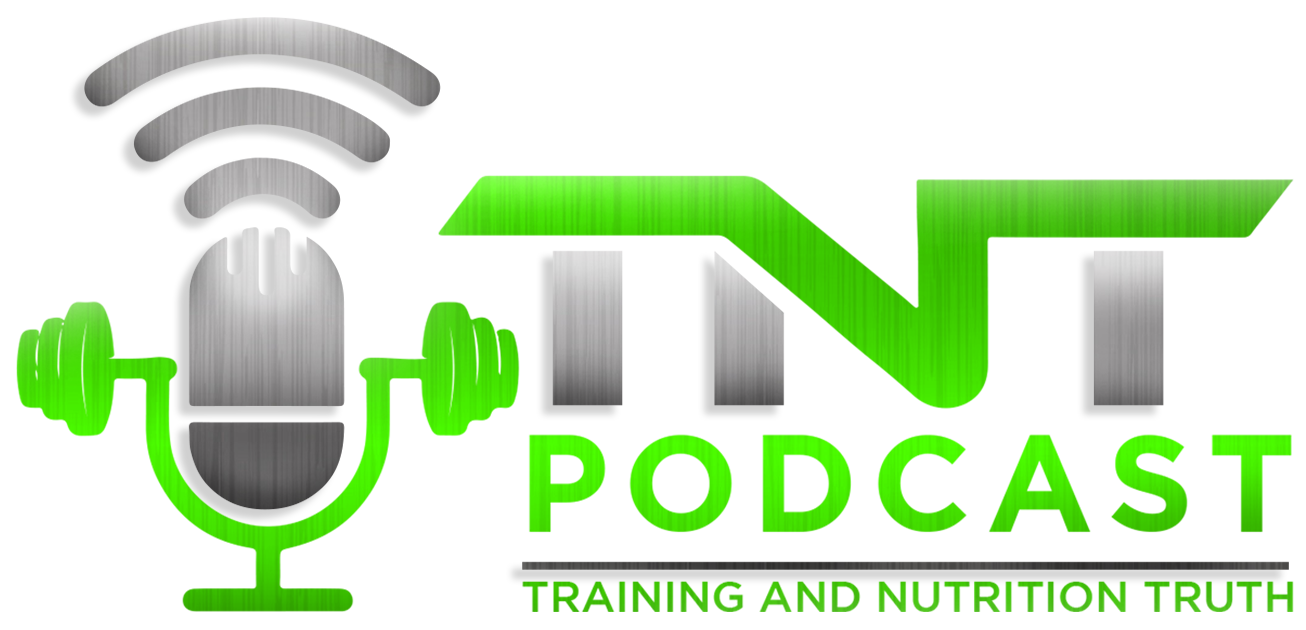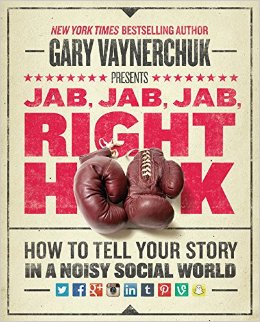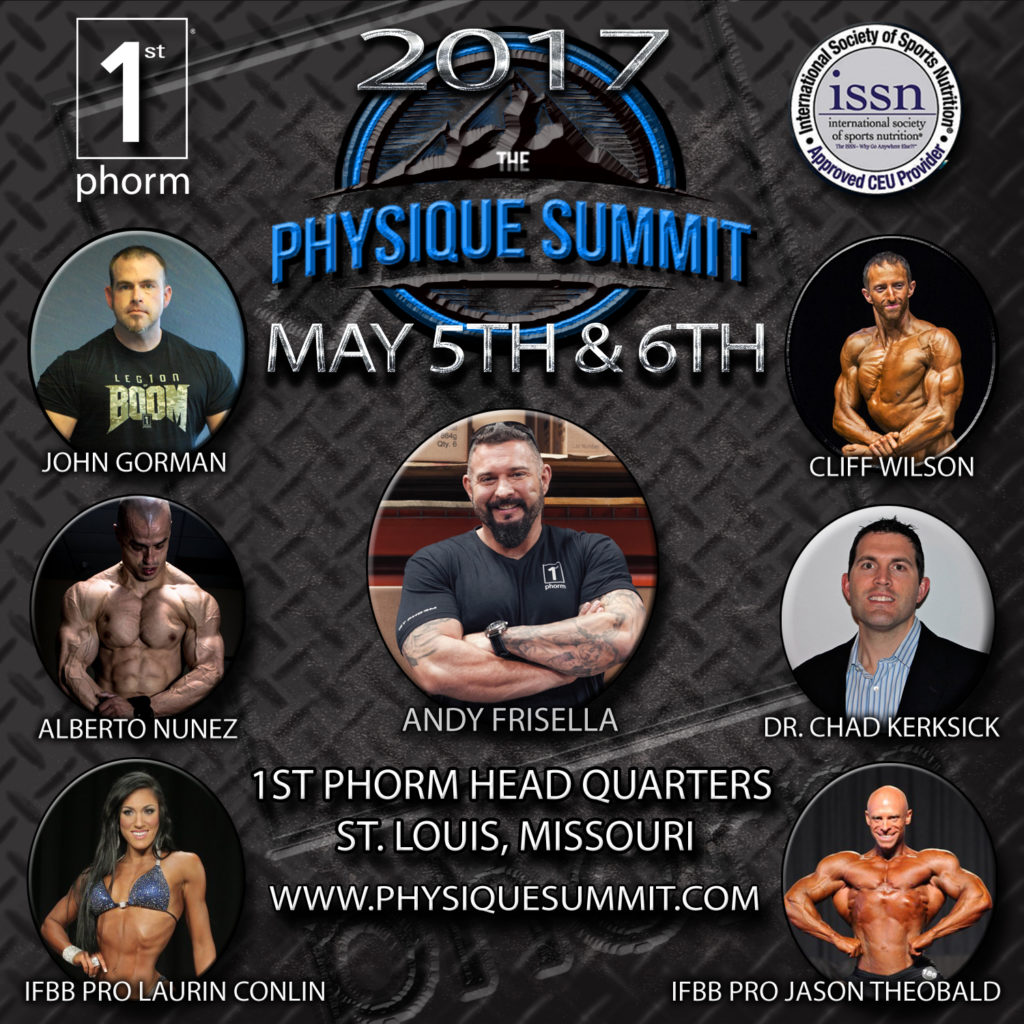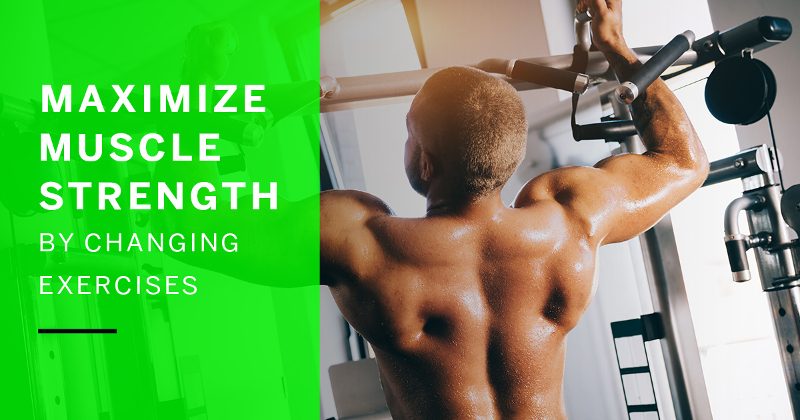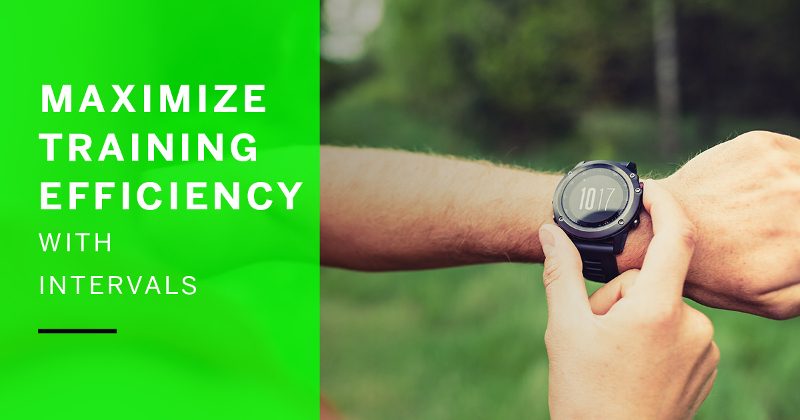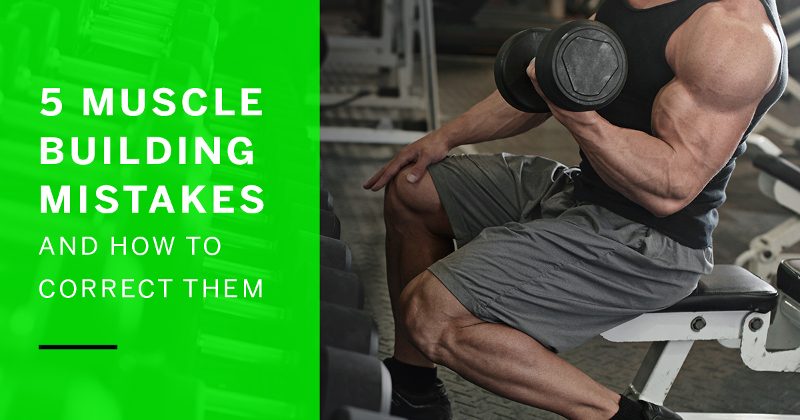How To Be A Successful Fitness Entrepreneur
As a diet coach and trainer I get a lot of questions over training, nutrition and supplementation. Hosting the Training and Nutrition Truth podcast is an avenue I get to talk about those things, or even presenting at conferences and seminars. But as much as I talk about training, nutrition, and supplementation I also get a TON of questions over the business side of being an online coach/trainer. This article I am writing is based on the PowerPoint presentation I give all the U.S. and it’s one of the topics I enjoy talking about the most. I hope this information that I have learned from spending 10 years in the trenches failing over and over again helps you see through all the B.S. out there and shows you a clear path to maximize your potential and grow the business you dream of.
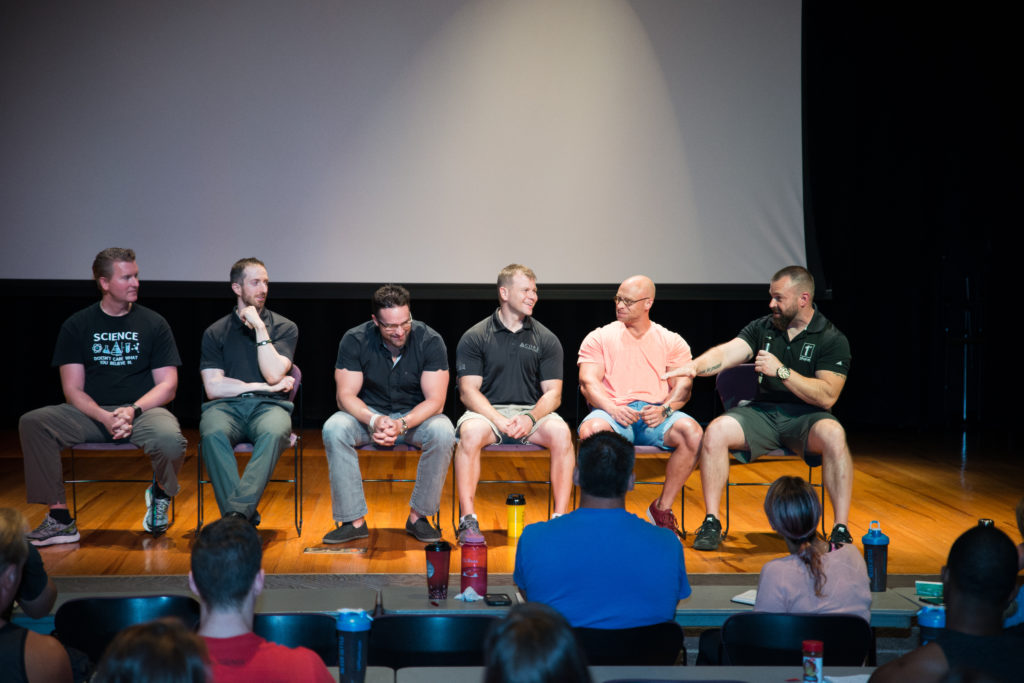
2016 Physique Summit Conference speakers discussing being successful fitness entrepreneurs
Current Landscape
We live in the single greatest era in the history of man when it comes to being a fitness entrepreneur. Everywhere we look we see new trainers and coaches popping up and starting their own business, and the industry is very over-saturated right now. We see trainers making six figures a year selling online programs through their IG pages (most are running transformation contests) that 4-5 years ago just wasn’t possible. We see very successful well known coaches who have been using the internet for 10-15 years making a great deal of money because they weren’t late to the game.
Making money isn’t a bad thing, we shouldn’t look down on some of these IG trainers selling cookie cutter plans making six figures a year- they built their brand and following and are cashing in on it. Sure there are better plans that can be written, more personalized, etc but these coaches are still taking full advantage of where everyone’s eyes and attention is at- social media and mobile phones.
Let’s start breaking down why social media is the most important tool to use for advertising and building your brand, and then follow that up with how to maximize it to your advantage to help you grow a successful fitness business. Just because everyone is starting up a coaching/training business doesn’t mean they will be successful. I assure you, I see hundreds come and go because most don’t have the chops to do the things I am listing below. They don’t want to do the work. The work… that’s what’s going to get you past making a quick buck in the beginning and having something long term and sustainable.
Social Media/Building Your Personal Brand
I know I personally wouldn’t have a business even remotely close to I have had it not been for social media, namely Facebook. But let’s back up here for a minute and explain why social media is so important.
When was the last time you watched TV and saw a commercial and went and bought a product being advertised? What about magazines, when was the last time you saw an ad and then purchased a product? What about the radio, when was the last time you listened to the radio and then went and bought a product being advertised over the air waves? You probably havent, and it’s pretty fascinating when you think about the fact that most of us haven’t even been watching TV, and esp not watching commercials. Most of us don’t listen to the radio anymore, we buy songs online and listen to our phones. Magazines? Why buy them when we can visit the mag’s website and view it digitally and not have stuff laying around? You see what I am getting at? The MOBILE PHONE is where our attention is right now, and rapidly shifting there.
This brings us to social media, and why it’s so important to have a lock on your social media outlets. Why? Because that’s where everyone’s attention is, and you want to advertise (be it soft selling like posting up before/afters of clients or buying straight up FB ads) and where you will get the most bang for your buck.
The 3 most popular platforms are- FB, IG, and SnapChat with the latter gaining rapidly on FB and IG. Don’t hesitate, start up a Snap acct now and learn to start using it because it’s going to be a big time player for years to come. There are others such as Pinterest, Youtube, Twitter etc but these are B players in my opinion next to the 3 I listed because they don’t have the attention of people like FB, IG and Snap.
Assuming you have at least 1-2 social platforms up and running, let’s talk about how you can use them to maximize growing your brand and “advertising” softly to potential customers. And realize, YOU are your own personal brand. Whether you have a personal FB page or business page, YOU are still your own brand. Remember that.
Content, Content, CONTENT
This is something so many business owners don’t get. The content you put out is everything and how good it is can be the difference of your brand growing or being stagnant. I don’t care if someone has over 100k followers on IG, if they put out content that sucks they will only get so far. Providing valuable content is key, and here’s what it entails….
Ask yourself this question- “does my content solve a problem or provide value that ultimately leads in the direction of helping them?” If not, it’s still content it’s just not delivering the most benefit for people reading your posts. Take a physique athlete that has 100k IG followers who posts nothing but pics of their physique and maybe some motivational quotes once in a while versus the physique athlete with 100k IG followers who posts up workout examples, recipes, supplement advice, tips of the day, etc. THAT is valuable, those posts provide VALUE to the person consuming the content, and that is what will scale and grow someone’s brand following. That girl posting ass pics every other post, sure she will get 3000 likes, but are those people their to buy her training programs? Hell no they arent. That’s not solid content because likes are just a number, it’s what you are doing with your following that counts. PROVIDE VALUE. HELP PEOPLE SOLVE A PROBLEM.
The more value you provide people the more organic your following will be, and the more loyal they will be. When you provide them so much value they benefit, they will gladly support your business. A great book written over this topic is “Jab Jab Jab Right Hook” by Gary Vaynerchuck.
An example I do myself is post up a weekly “Knowledge Bomb” on FB covering topics such as cardio, training, nutrition, even business topics are discussed and they help people and provide them value. I cant tell you how many people have messaged me thanking me for taking the time to do that, for FREE. Those people are also the people who are supporting my business buying my two books, attending my conference and speaking events, etc. I have provided them so much value they are loyal in turn. And let me tell you, I appreciate the hell out of these people because without them I wouldnt even be writing this.
Education (Outside of School)
So many people ask me if they need a college education to be a fitness entrepreneur. You don’t. That’s not to say there’s not benefit to having an education. Here’s my short take on the subject and then a faster way to learn.
If you are going to own your business, you don’t need a degree. If it means you are going to accumulate a lot of debt right out of college, don’t do it. I have $110k in debt from my degrees and I don’t even need them. Huge mistake I made before I decided to own my own business. If you are going to go work for a company and they require a degree then yes by all means go for it, that’s not the same animal we are talking about here.
Here are ways you can fast track your education to becoming a better fitness entrepreneur, and recommended sources linked for your convenience:
Podcasts– Training and Nutrition Truth, The MFCEO Project, Ask Gary Vee Podcast
Books– “Muscle and Strength Pyramids”, “Science and Development of Muscle Hypertrophy”, “Metabolic Capacity and Reverse Dieting”, “The Flexible Fat Loss Solution”, “#AskGaryVee”, “Relentless”. There are many more here but this is a good mix of books covering training and nutrition and business/personal development.
Learn from a Coach– Everyone can use a good coach, and one way to fast track is to hire someone successful and learn from them. I have learned from multiple coaches over the years and have equally learned from their success and failures. This can be tied to learning about the body or learning about running a successful business. Remember you are as successful as the people you surround yourself with. Even if you dont hire a coach you can follow them and learn from their behaviors or from the content they are putting out.
Conferences/Seminars– This can be HUGE. I personally own the Physique Summit Conference with Cliff Wilson and we bring in the top coaches from around the world each year for a two day event that is like no other. We cover business but also the science that relates to physique enhancement. There are great conferences out there, I also recommend the ISSN conferences. Sometimes you will have smaller local seminars given by top area trainers, it all depends on what level you are on and can afford.
2017 Physique Summit Conference- a great way to learn from the best
6 Things You Can Do To Drive Business
These 6 things below have absolutely been key to me scaling and growing my business over the years. These are 6 things are guaranteed ways to move your business in the right direction as long as you are relentless with them and providing good content. These are listed in no particular order:
1 Extreme Focus On Each Client– The number one way to grow your business is to get client results. Most trainers and coaches focus so much on growing their business they forget the key base of everything- client satisfaction. No matter what, make sure you dial your focus in on EVERY client like a lazer beam. Tighten things up, talk to them more, ask them more questions. That all leads to not only better results for them, but satisfaction. Happy clients with great results tell 5 people, there is no better marketing than word of mouth from a satisfied client.
2 Post 3x a Week Minimum About Your Business– A lot of people will fall short here, and 3x a week isnt much at all but too much can be a detriment as well. It’s all about finding that balance for your audience and followers to see. I like people that I help grow their business to start out with 3 posts a week on FB of either before/afters, workout tips, recipes, or anything that shows what you do as a trainer/coach that provides value. The only exception to this amount is IG because that’s something that needs to be done often and is a different platform than FB. I recommend at least posting daily on IG, I personally post 2x a day and some have had great success with 3x a day at the key times of 9 am, 5 pm, and 9 pm. Make sure to maximize hashtags. And, dont post asking people to hire you all that time that turns people off fast. Post content that shows what you are good at or posts that provide value to readers.
3 Form a Team– This is something I have seen work extremely well in numerous businesses. Very few people like to go on a journey alone, and having people alongside for the ride helps create accountability, motivation, inspiration, and most important- LOYALTY. I know my Team Gorman clients love to get together just to train and eat, with some meet-ups having over 30 people crashing weights and crushing food. People want to belong to something, so give it to them. Form a team with your clients and run a 5k or do a mud run, take them all to dinner every month or two, have a bbq, go to shows together, etc. And be genuine, and it has to be genuine. Happy clients get better results, better results means they tell their friends, and telling their friends is the best advertising you can get.
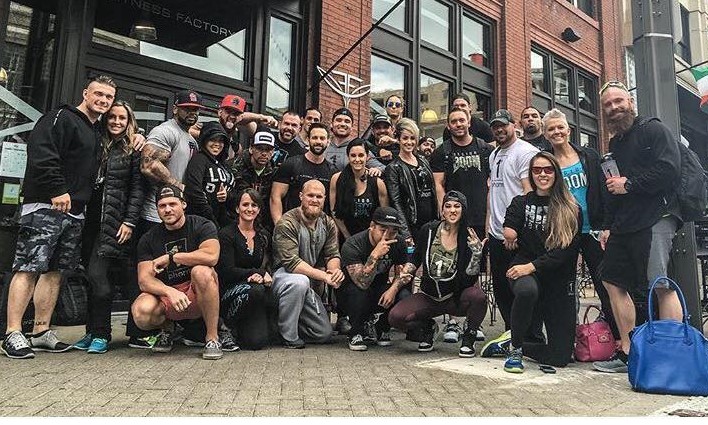
4 Go the Extra Mile– Short and simple here- do MORE than what’s expected of you. If you need to help your client move who is a single mom, go help them. If you need to take that new client grocery shopping who is just getting started, GO. Again, it has to be genuine. I promise you, the competition isnt doing stuff like this, people are too lazy.
5 Educate Yourself– Attend conferences, workshops, listen to podcasts, and follow the top fitness entrepreneurs and LEARN from them to fast track. And you arent just looking to learn from their success. Watch for their failures and then use that as a learning tool to avoid their mistakes. I have seen some of the best coaches in the biz step in a lot of shit and I was able to avoid that down the road by being aware after seeing it.
6 Evaluate– The hardest thing for most people to do is be 110% real and honest with themselves. Self-awareness is a quality a lot of people dont possess, and if you struggle with it you need to develop the ability to look in the mirror and be brutally honest with yourself. Do you suck at returning emails? FIX IT. Do you sit up at night watching Netflix putting off work that is going to take you to the next level? Evalute yourself, recognize it and be self aware, and then FIX IT.
If you are really up for it, ask your clients to evaluate you after your time with them is up, or even in the middle of their plan. Nothing teaches you how to fix your shortcomings than someone paying you money telling you what you suck at. This is something 99% of trainers wont do, and why most trainers are never truly successful.
Here is a link to the PowerPoint presenation done over these topics
Long Term Planning- Different Avenues
To wrap this up I want to mention long term planning. Every year around December and January people start talking about goals and make them for 1 year at a time. That’s fine, I do it myself and it’s very useful to write down your goals and see them through. However, think longer than 1 year. 1 year goals will help you grow at a nice clip but thinking about how that ties to long term success is extremely key. Once you start getting to where you are experiencing success and have a full client load there are a number of other opportunities you can start to get rolling to make passive income or just to grow your brand. Things such as guest speaking, hosting a podcast, being an affiliate or sponsored by a company, writing books (e-books or hard copies), making a DVD, etc.
I started coaching/training in 2007 and until 2014 that was how I made my money in the fitness industry- 1 on 1 training, and then later online coaching. Finally in 2015 I started working on numerous side projects that have now turned into a substantial amount of side income every year. In 2015 and 2016 I wrote two books, started the Phat Muscle Project apparel line, started the Training and Nutrition Truth podcast at 1st Phorm HQ, formed the Physique Summit Conference and held 2 huge events, and guest lectured all over the U.S. And, at the time I am writing this I am working on a DVD release for 2017. I dont say all of this to impress you, I am by no means successful, not yet. This is an example of how you work your ass off for years, but also look ahead to the right time to start other projects or ways to increase your business and brand. I wanted to write a book in 2008 (I stall have the rough draft table of contents saved haha) but I wasnt even close to ready to write a book and if I did it would have sucked. 8 years later my books got published and sell well but it took that time and experience under my belt. Self-awareness at it’s finest.
Employ the tactics in this article and work your ass off. If you do that you will have no choice but to be more successful. And, be RELENTLESS with all of it.
– John Gorman, MA, CPT, is a well-respected diet coach and the owner of Team Gorman LLC. John is also the host of the Training and Nutrition Truth podcast, owner of PHAT Muscle Project apparel, a published author, public speaker, co-owner of The Physique Summit Conference, and proud member of the 1st Phorm Phamily as an Elite Trainer. His work centers on helping athletes achieve their maximum potential in various sports such as bodybuilding, powerlifting, crossfit, along with high school and college level athletics. You can follow him on Snapchat @teamgorman , Instagram @team_gorman , facebook.com/teamgorman or contact him via email john@team-gorman.net
